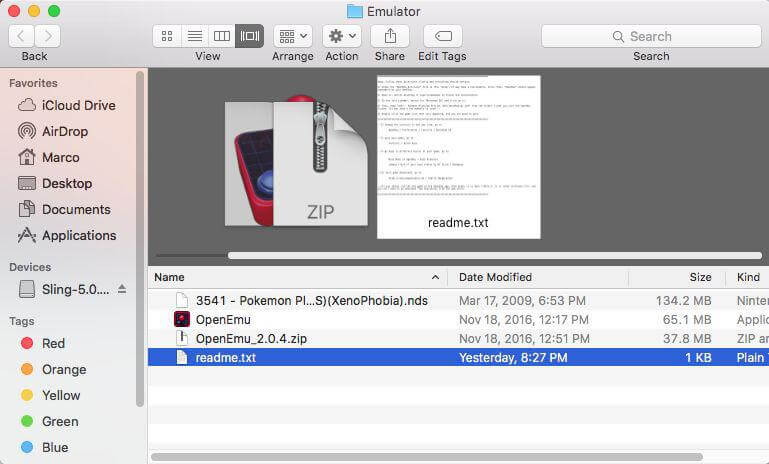

- Famicom disk system emulator mac for mac os#
- Famicom disk system emulator mac update#
- Famicom disk system emulator mac software#
- Famicom disk system emulator mac Pc#
In 2019, byuu had a new idea for efficient SNES emulation. In 2017, higan v102 added basic emulation of the Sega Master System, Sega Game Gear, Sega Mega Drive (Genesis), and NEC PC Engine (TurboGrafx-16). Also in 2016, higan v099 removed the "balanced" and "performance" versions of the SNES emulation core, leaving only the "accuracy" core. In 2016, higan v098 added support for the WonderSwan and WonderSwan Color handheld consoles. With support for four different consoles (plus the temporary addition of dasShiny, a Nintendo DS emulator), the name "bsnes" was increasingly inaccurate, and at version v091 bsnes was renamed to higan. Also in 2012, bsnes v088 added support for Game Boy Advance emulation, since it already supported Game Boy hardware and an ARM-based CPU. In 2012, bsnes v087 became the first SNES emulator to support the ST018 co-processor used in Hayazashi Nidan Morita Shougi 2, which turned out to be an ARM-based CPU. Also in 2011, bsnes v083 added NES emulation. In 2011, bsnes v074 replaced gambatte-based Super Game Boy emulation with a new Game Boy emulation core called bgameboy. This fixed a number of emulation bugs in those games, and was the first time SD Gundam GX was playable at all. Also in 2010, bsnes v073 became the first SNES emulator to support low-level emulation of the DSP co-processors included with some of the most popular SNES games. 

The MSU-1 would later be implemented in an FPGA by Ikari, allowing MSU-1 games to be played on original hardware.
In 2010, bsnes v060 added support for the fictional MSU-1 co-processor, allowing the creation of SNES games with streaming CD-quality audio and full-motion video. In 2009, bsnes v046 became the first SNES emulator to properly support the Super Game Boy, adding a Game Boy emulation core based on the gambatte emulator. The first versions of byuu's SNES/Super Famicom emulator, bsnes, were released in late 2004.īsnes quickly achieved top-tier emulation of the SNES base unit, and slowly began adding support for more esoteric hardware. They became frustrated by inaccuracies in Super Famicom emulators of the time, and began working on their own emulator designed for hardware accuracy and homebrew development, rather than just running commercially-published games. In 2004, a programmer calling themselves byuu had been working on fan translations of Super Famicom games. It currently emulates the following systems: Famicom, Famicom Disk System, Super Famicom, Super Game Boy, Game Boy, Game Boy Color, Game Boy Advance, Game Boy Player, SG-1000, SC-3000, Master System, Game Gear, Mega Drive, Mega CD, PC Engine, SuperGrafx, MSX, MSX2, ColecoVision, Neo Geo Pocket, Neo Geo Pocket Color, WonderSwan, WonderSwan Color, SwanCrystal, Pocket Challenge V2.Īres currently runs on Windows, Linux, and FreeBSD, with an experimental port to macOS. 
OpenEmu is a modular, multi-platform video game emulator for Mac OS X, and last week, support was added for 16 classic consoles, which the developers have listed below:Īlongside the added console support, the OpenEmu team has also updated the app with an attractive new UI, real-time gameplay rewinding, organization tools for Save States and Screenshots, automap support for the SteelSeries Nimbus and Stratus XL controllers and several optimization and performance fixes as well.Ares, a cross-platform, multi-system emulatorĪres runs games for a variety of classic computers and game consoles on modern PCs.
If you’d include yourself in that group, you might want to check out the latest update for OpenEmu.ĭON’T MISS: Microsoft might launch a slim Xbox One version to take on the Apple TV
Although video game emulation has been a popular pastime for gamers with an itch for retro gaming experiences, the prospect of downloading multiple pieces of software just to play old games isn’t all that alluring to casual fans of the hobby.








 0 kommentar(er)
0 kommentar(er)
